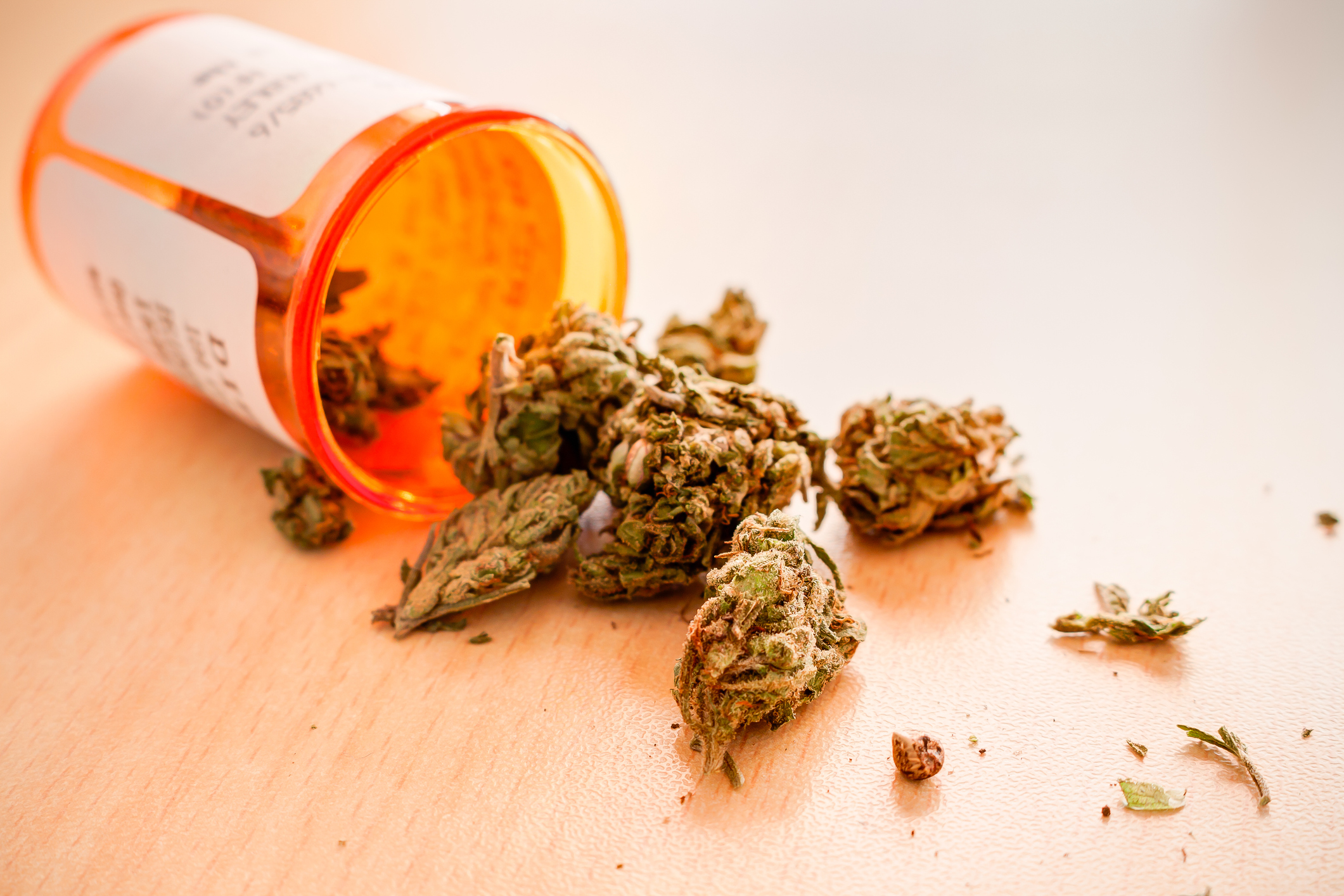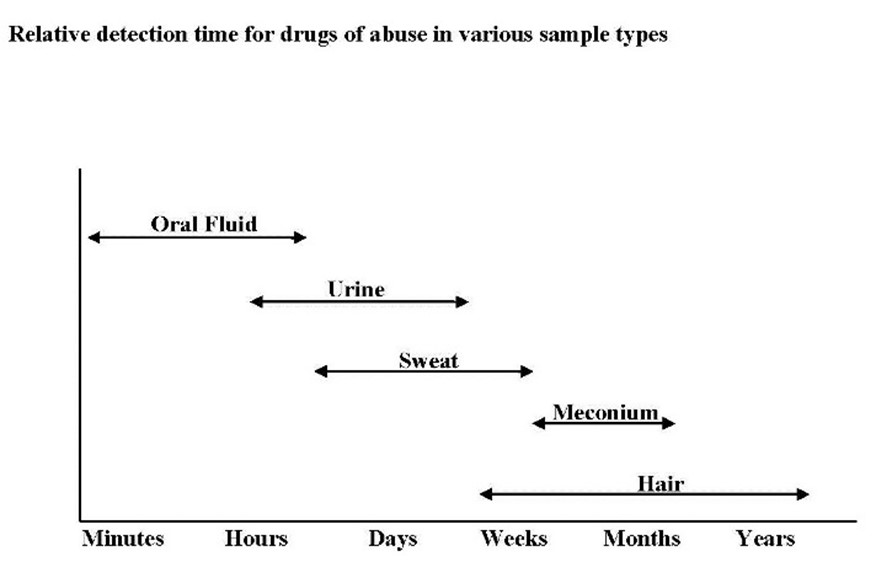Testing for Marijuana Impairment: What Employers Should Know
March 30, 2023
In the final installment of this two part series, Bill Judge and Nick Hartman discuss laws involving employee drug testing, more specifically marijuana impairment.
In the final installment of this two part series, Bill Judge and Nick Hartman discuss laws involving employee drug testing, more specifically marijuana impairment.

As states continue to pass legislation allowing the legalized use of marijuana, companies should remain up to date on laws involving employee drug testing, especially when it comes to marijuana.
Currently, there is no test method today that can determine impairment from the use of marijuana.
Since 1987 the predominant science and methodology of workplace drug testing have focused on determining the use of illicit drugs.[1] In 1996, California became the first state to authorize the use of marijuana for medical purposes. Since then, 37 states have approved the medical use of marijuana, and 21 states now permit the adult use of marijuana.
States have increasingly allowed employers to take adverse employment action against an employee “under the influence” of marijuana. Yet the legal landscape is quickly changing, swinging in the opposite direction.
For example, California recently passed AB 2188, which takes effect January 1, 2024, and limits employer action based on an employer-required drug screening test that has found the person to have nonpsychoactive cannabis metabolites in their hair, blood, urine, or other bodily fluids.
Missouri’s Amendment 3, passed by voters on November 8, 2022, prohibits discrimination against any person based on their status as a qualifying patient or:
“A positive drug test for marijuana components or metabolites of a person who has a valid qualifying patient identification card, unless the person used, possessed, or was under the influence of medical marijuana on the premises of the place of employment or during the hours of employment.”[2]
It is important to note that these laws do not prohibit testing. They prohibit discrimination based on a positive drug test unless there is evidence of use, possession, or the person being under the influence of marijuana.
Why can’t our current testing capabilities determine if a person is under the influence of marijuana? It has to do with the complex nature of cannabis, its many forms, various methods of use, potencies, how it breaks down in the human body, and the timing of when it was last used.
When a person consumes cannabis, it breaks down into the following primary metabolites:
THC -> Hydroxy-THC -> Carboxy-THC
Tetrahydrocannabinol (THC) and hydroxy-THC are psychoactive (creating “the high”). Both stay in the body only a very short time – just a few hours after last use. On the other hand, carboxy-THC, which is nonpsychoactive, isfat-soluble and can be found in the body for days and even weeks after its last use.
So, when our traditional drug testing methods were established in the late 1980s, and the primary objective was to detect drug use (past or present), drug testing laboratories targeted carboxy-THC, utilizing urine as the most common specimen method.
Since then, additional drug testing methods have been developed, such as using hair or oral fluid (saliva). Below you can see there are significant differences in how long drug use can be detected depending on the method used. Employers considering an alternative to urine testing methods should understand the differences in drug screening detection times using these additional testing methods.

Consider which test method is best for determining marijuana use or possible impairment. If the psychoactive metabolites of marijuana, THC or hydroxy-THC, are present for just a matter of hours after use which test method is most likely to detect it?
Certainly, oral fluid would be best, and possibly urine, depending on the timing from the drug’s last use to the time of collection.
Would hair testing identify the active metabolites of marijuana? Not at all likely, but hair testing would indicate past or historical substance use.
Employers should consider selecting the test method that fits the circumstances.
If state law limits employer action to only testing that reveals psychoactive metabolites of marijuana (e.g., California or Connecticut), then oral fluid testing should be considered. Oral fluid testing is also likely the best screening method for reasonable suspicion or post-accident situations when testing for drugs, including marijuana. Oral fluid, urine, or hair testing may all be appropriate for pre-employment or random testing, depending on the job duties within our company and the goals of your workplace screening program.
To determine what is best for your operation, employers must consider the job-specific roles throughout the company. With each of those roles, define the essential functions of the job. Do you have employees that conduct safety or security-sensitive job functions? How about job roles that, if an individual had previously or recently used drugs or alcohol, could endanger themselves, their workplace, or the public? Creating a safe workplace and reducing risk is serious business.
In conclusion, employers should find a testing method that works for them and meet the legal requirements of their state. By combining knowledge with sound decision making, employers can take steps toward navigating this increasingly complex territory with confidence.
Guest author blog written by William J. Judge, JD, LL.M. and Nick Hartman from the Drug Screening Compliance Institute
[1] Workplace drug testing began in earnest with President Reagan’s 1986 Executive Order 12,564, directing the Secretary of Health and Human Services (HHS) to establish testing procedures for all federal employees. See Executive Order 12564 of Sept. 15, 1986, at 51 FR 32889, 3 CFR, 1986 Comp., p. 224.
[2] Missouri ballot initiative Amendment 3, Section 2(15). This provision also states that it “does not apply to an employee in a position in which legal use of a lawful marijuana product affects in any manner a person’s ability to perform job-related employment responsibilities or the safety of others, or conflicts with a bona fide occupational qualification that is reasonably related to the person’s employment.”
[3] https://www.aacc.org/science-and-research/scientific-shorts/2012/what-specimens-other-than-urine-are-used-for-the-detection-of-drug-abuse.